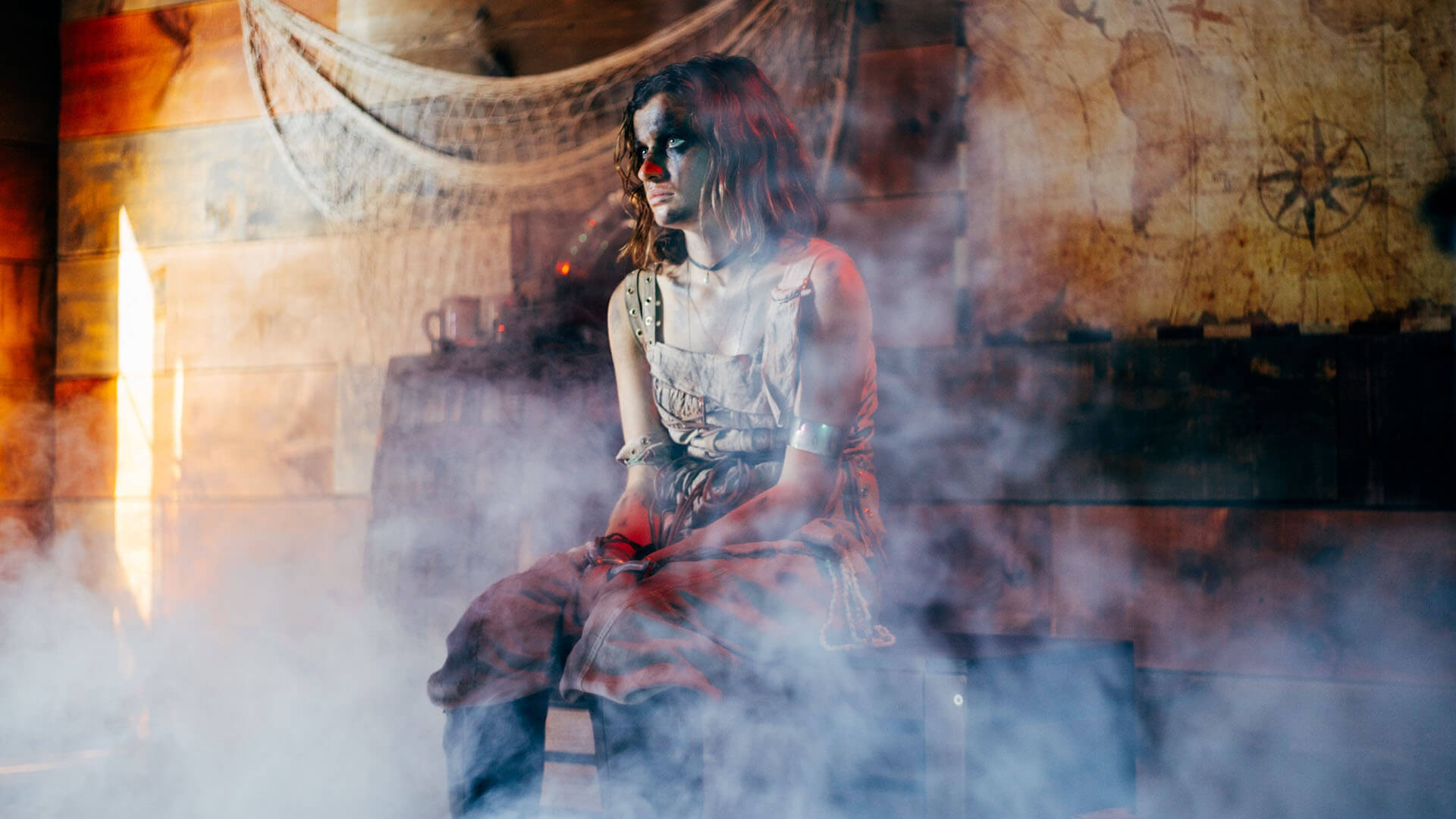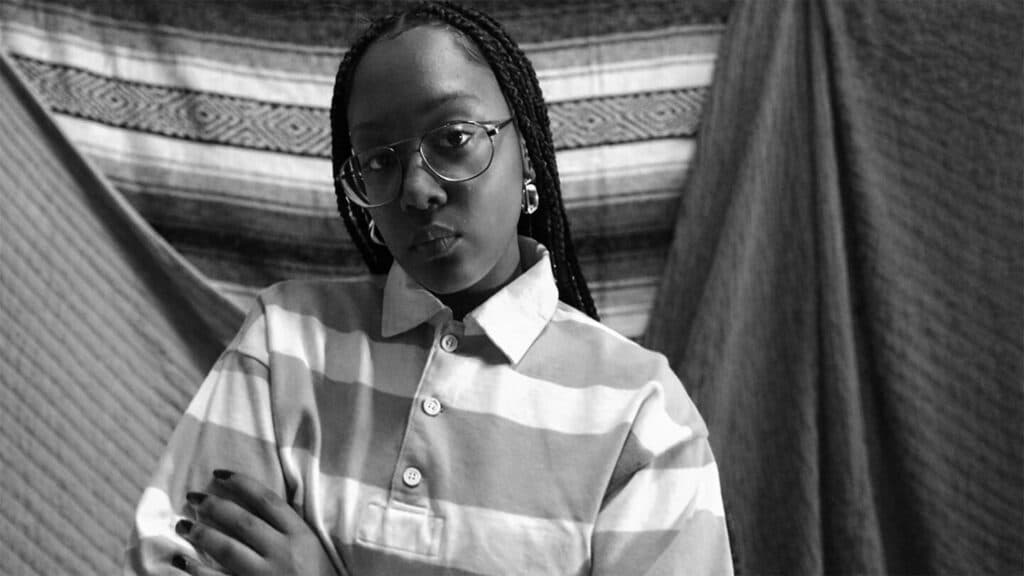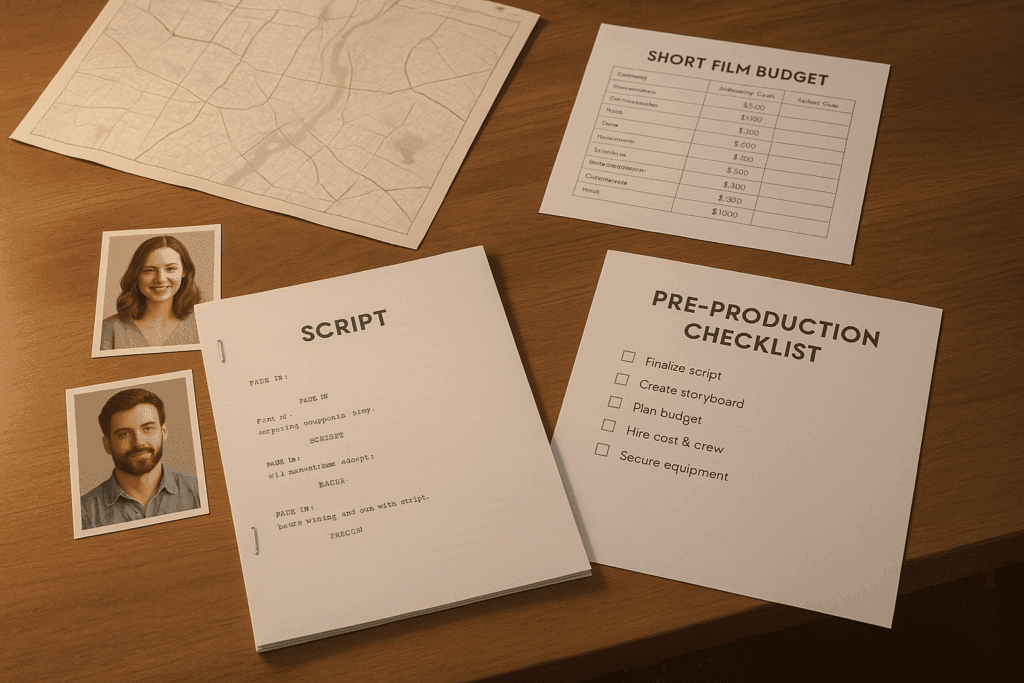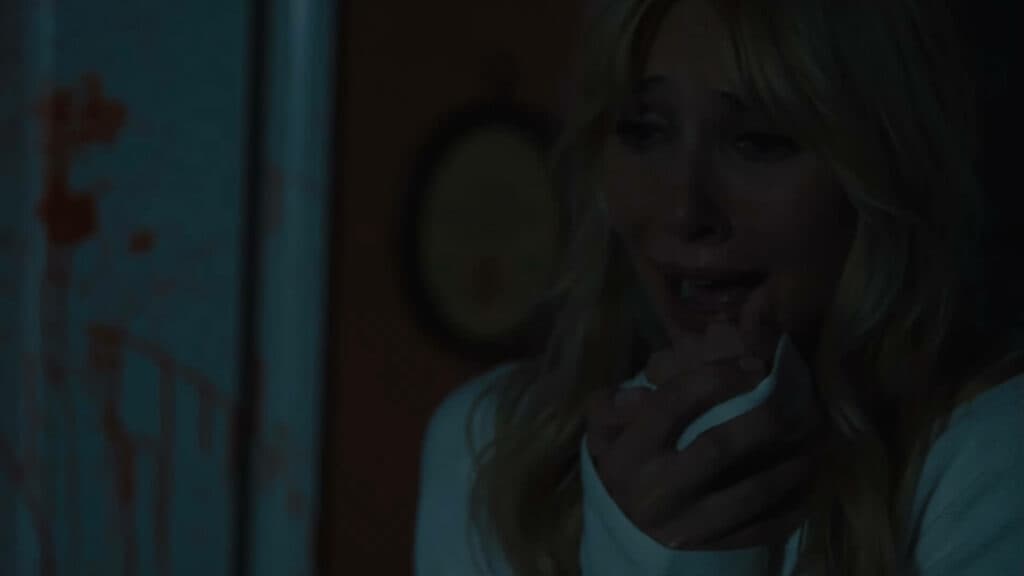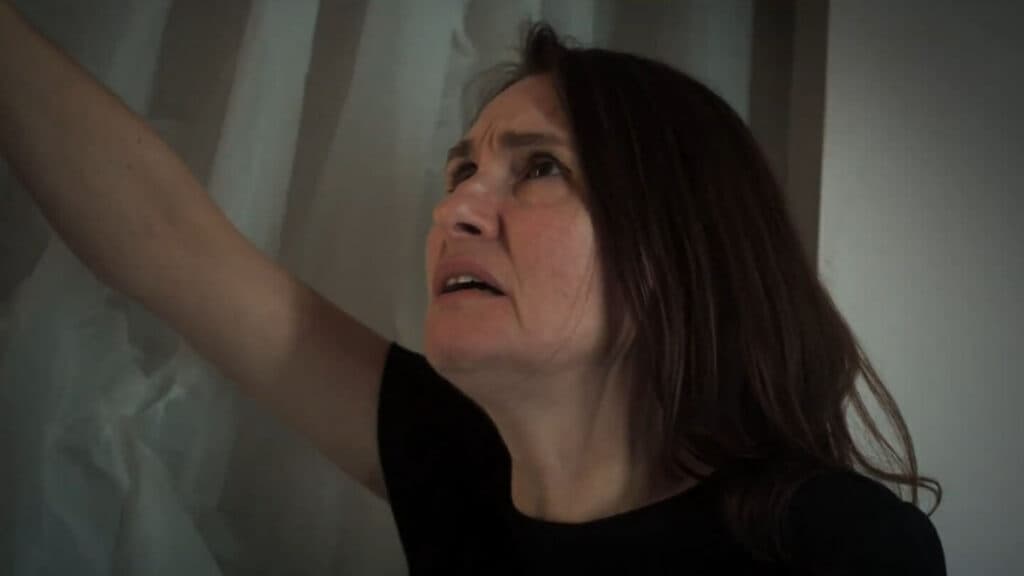Article too long to read?
There’s a profound difference between watching short films and evaluating them. As a media and communications student with a passion for storytelling, I’ve always loved watching them. But this year, while serving on the short film jury at the Cambridge Film Festival, I clearly realized that the two are very different things.
What surprised me most as I watched new submissions arriving each week via FilmFreeway wasn’t just the diversity of themes or styles. What truly stood out were the recurring patterns that began to emerge. After about fifteen films, I noticed that many of them explored similar themes (loneliness, grief, identity, family conflict). However, only a few managed to stay with me after the credits rolled. Each one made me ask the same question again and again: What lingered after the film ended? Or, more precisely: What made this one stand out from the rest?
After watching over 50 short films, I still don’t have a definitive answer. But certain common threads, observable trends, and also recurring shortcomings have started to become clearer. So, what does a memorable short film look like? Here are a few reflections from someone sitting not in the audience, but at the decision-making table.
The Power of a Focused Narrative
A short film operates with limited time. So even if you have many great ideas as a director, it’s often more effective to focus on one idea, one emotion, or one moment, rather than trying to say everything at once.
Some of the films I watched tried to tackle multiple big themes. Such as, love, death, loneliness, family trauma, gender all at once. However, despite the thematic ambition, none of the emotions landed with full weight. The audience wasn’t given the chance to connect deeply. The characters felt underdeveloped, and the plot often jumped from one idea to another without cohesion.
In contrast, some films zoomed in on a single, seemingly small moment: a quiet morning where the main character decides to leave home early, or a fleeting glance exchanged between strangers in an elevator. These stories were minimal on the surface, but emotionally resonant. So much was packed into those moments (memories, expectations, fear, hope) all conveyed through just a few seconds of silence or stillness. That contrast taught me something important: as viewers, we don’t necessarily remember the entire plot or structure, we remember how a film made us feel. Memorable short films understand this. They don’t try to impress with complexity. Instead, they move us through intuition, tone, atmosphere, and sometimes just one simple gesture. In short film, success often lies not in how much you say, but in how clearly and honestly you say it.

Continuity Matters Just as Much as Beginnings and Endings
Some films establish a compelling atmosphere from the very first minute. They begin with a strong visual language, an intriguing use of sound, or a scene that draws the viewer in. As a viewer, you immediately build expectations. But this energy isn’t always sustained. As the film progresses, it either loses its narrative rhythm or fails to live up to the exciting promise of that first moment. And so, by the end, we find ourselves saying things like, “It started out strong, but…”
Other films are the opposite, they begin with a simple, almost mundane opening. Over time, they gradually accumulate small details, offering subtle insights into the main character’s inner world. Then comes a breaking point: a silent glance, a sudden decision, a suppressed emotion rising to the surface. These moments can be deeply affecting but only if the build-up feels believable. In other words, a memorable short film requires more than just a strong beginning or an impactful ending. It needs consistency and flow throughout.
This was one of the things that struck me most during my judging experience. A powerful final scene on its own is not enough. The audience has to be taken there emotionally. Because memorability does not come from the climax itself; it comes from the journey toward that climax. If the scenes along the way are meaningfully connected, if the transitions are fluid, and if the character’s emotional arc is coherent, then the viewer doesn’t just watch the film, they accompany it. And I strongly believe a film becomes unforgettable when it evokes that quiet sense of companionship in the viewer.
Performance: The Carrier of the Smallest Moments
It’s quite challenging for a director to introduce, develop, and emotionally connect a character within the span of a short film. Unlike feature-length films, which give the audience enough time, character development in short films often relies on a single line, glance, or gesture. That’s why, in my opinion, acting is not just a performance in a short film, it’s the backbone of the story.
In some of the films I watched, the script was incredibly sparse. Perhaps no more than five sentences were spoken throughout. And yet, the lead actor’s expression carried everything: their past, the emotional weight they bore, the feelings they were trying to contain. Even without dialogue, the narrative felt complete because the actor’s body carried the story so powerfully. The slumped shoulders, the avoidance of eye contact, the uncertainty of where to place one’s hands: sometimes these speak louder than pages of dialogue.
Conversely, in other films, characters talked excessively, cried frequently, or displayed exaggerated reactions, but none of it felt natural. The performance leaned into theatricality; in place of sincerity, there was only memorization. I could sense that the actor wasn’t truly present. They were trying to perform an emotion, not embody it. In such cases, the connection with the audience was artificial, and eventually broke. There were words, facial expressions, but no soul.
In my experience, the most memorable short films were often those that created “nothing more, nothing less” moments. These were not shaped by clever dialogue, but by pure, honest performance. That moment when a character decides not to speak… more than tears, a held breath; more than a monologue, a swallowed sentence. Or sometimes, a single line said at the right time. Instead of constantly trying to say something, these small ruptures build the emotional bridge between character and audience. And when that bridge is strong, even a technically imperfect film can leave a lasting impression.
The actor’s connection with the character is the foundation of the audience’s connection with that character. Therefore, good acting in a short film is never merely a supporting element.

Timing: The Long Impact of the Short Form
A short film, by virtue of its length, must move with every second considered. Because in this form, nothing should or can remain a void. Every shot, every transition, every silence must either convey an emotion or spark processes of meaning for the viewer. But among the films I’ve seen, there were some that excelled at this, while others struggled with the use of time.
If you decide to make a short film, every second is a choice. Some productions unnecessarily drag out a walking scene, while others might compress the dissolution of a relationship into three seconds. I knew what a director who extended a scene was trying to convey. The intention was likely to give the audience a strong sense of a character’s inner loneliness or indecision.
However, these scenes were so long that I found my attention wandering after a certain point. This choice, instead of increasing the emotional intensity, slowed down the film’s overall rhythm and in some cases, even weakened the possibility of connecting with the audience. A short film may have a limited runtime, but unfortunately, so too does the audience’s patience and attention span, and these factors should always be kept in mind for a director. Not too fast, not too slow: a good short film should build its rhythm according to its own emotional flow. Sometimes, memorability is simply a matter of timing.
I can say that my jury experience at the Cambridge Film Festival profoundly impacted and transformed my perspective on short films. I’ve seen again and again that what makes a short film unforgettable isn’t grandiose themes or grandiose narratives. What truly endures is how sincerely and resolutely a small moment, a simple emotion, or a silent decision is conveyed. Of the dozens of films I’ve seen, only a few remain in my mind even days later. They were the ones that combined form with emotion, rhythm with intuition, and acting with realism.
To this day, I still ask myself the same question: “What was left inside me when this film ended?” While the answer isn’t always the same, if a film leaves its audience with a small pang, a question, or even a single image, then that film is unforgettable. And sometimes, the thing that sticks most deeply in the memory is just a single look.
About the Author
Duru Usanmaz
No comments yet.
Got Something to add to this article?
Your email address will not be published. Required fields are marked *



